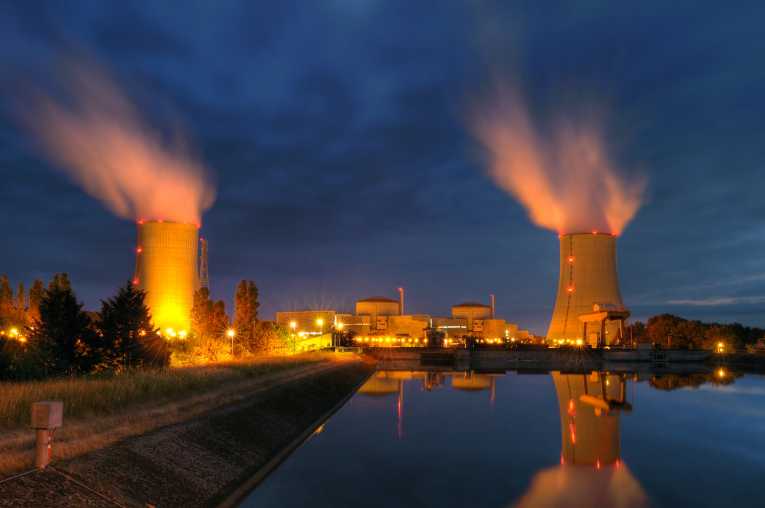Japanese officials have now admitted that its nuclear crisis could drag on for months. Today's Guardian newspaper quotes Goshi Hosono, an aide to Prime Minister Naoto Kan, as saying that although everything was being done to contain the leaks: ''We have not escaped from a crisis situation, but it is somewhat stabilised.''
When he was asked how long it would take to bring the overheating reactors under control, his reply was: ''I think several months would be one target.''
Hidehiko Nishiyama, spokesman for Japan's nuclear safety agency, confirmed this. ''It will take a few months,'' he said, ''until we finally get things under control and have a better idea about the future. We’ll face a crucial turning point within the next few months, but that is not the end of it.''
A major task currently facing the 600 workers, troops and fire-fighters at the plant was dealing with an 8 inch crack in the concrete pit connected to No 2 reactor. It is thought that this crack could be responsible for the seepage of radioactive iodine into the sea.In the battle to cool the overheated reactors and prevent a dangerous meltdown of the highly radioactive fuel rods, huge quantities of seawater have been used. A major problem has been that this contaminated runoff has prevented technicians from getting close enough to the reactors in order to make proper repairs.
It appears that concrete has failed to prevent the highly radioactive water from leaking into the sea and technicians have even resorted to using a mixture of absorbent polymer, sawdust and shredded newspaper, but that seems to have met with a similar lack of success.
Meanwhile The Independent quotes a new report from Maplecroft, the global risk analysts, that of the 422 nuclear power stations in the world, more than one in ten are situated in places that are deemed to be at high or extreme risk from tsunamis or earthquakes or both.
Helen Hodge, Maplecroft's natural hazards analyst is quoted in The Independent as saying: ''Although Japanese nuclear facilities are particularly exposed, other countries could also face similar risks. South Korea, Taiwan, southern China, India, Pakistan and the west coast of the US have operating or planned nuclear facilities on tsunami-exposed coastlines, while nuclear sites in areas of high or extreme risk of earthquakes can be found in western US, Taiwan, Armenia, Iran and Slovenia.''
A good example is the ageing Russian-built plant about 18 miles from the Armenian capital of Yerevan. In 1988 a powerful earthquake killed 25,000 people in the country's north west.
The risk of future natural disasters has been recognised by the International Atomic Energy Authority (IAEA) and the Japanese disaster has reignited the debate over nuclear safety. As a result, several countries including Switzerland, Italy and Germany have put new reactor plans on hold.
IAEA consultant Dr Gordon Woo predicts that in the light of the Japanese disaster there will now be an upsurge in the transfer of seismic technology to less advanced nations.










